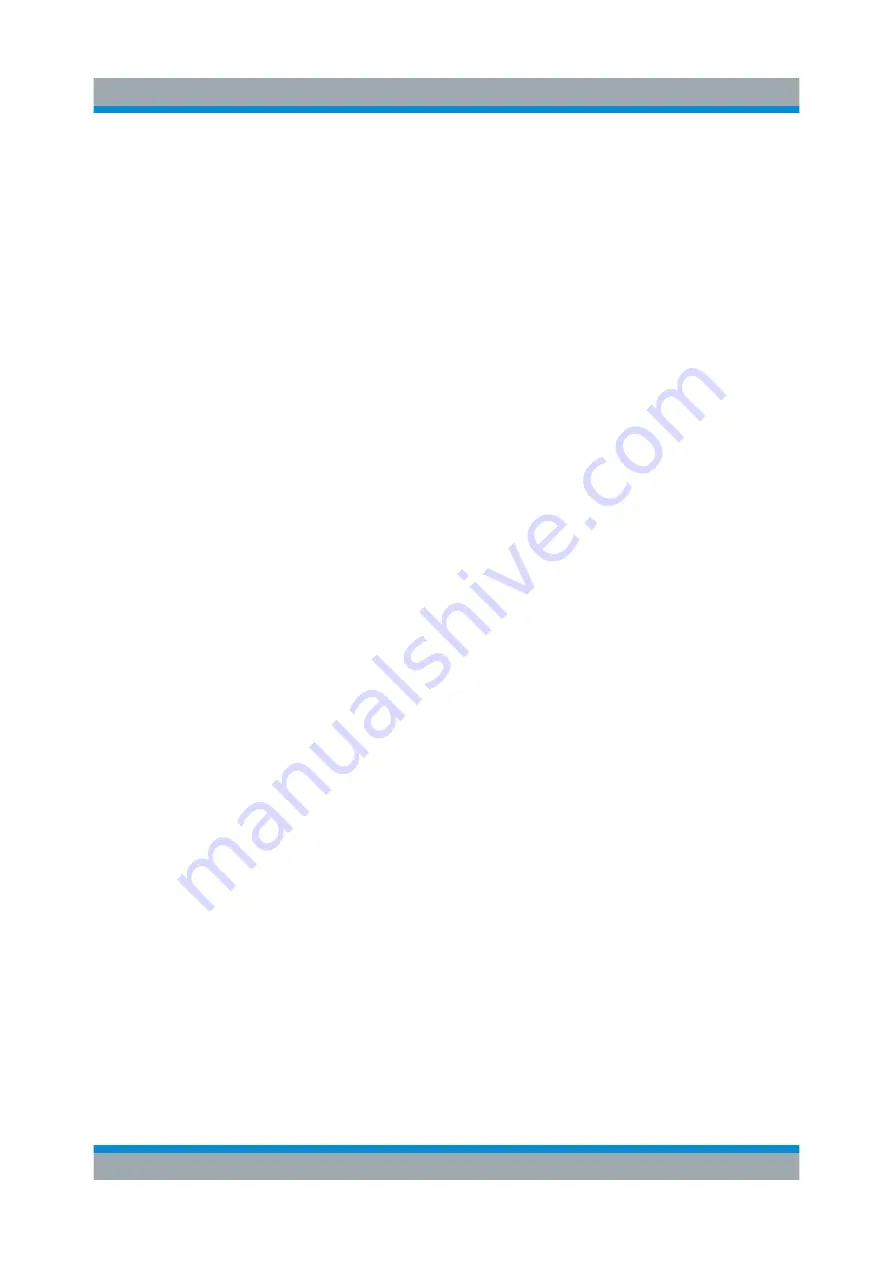
Instrument Control
R&S
®
SMW200A
98
Getting Started 1412.9220.02 ─ 21
8.2
Means of Manual Interaction
For the manual interaction with the R&S
SMW, you have several methods that
you can use as an alternative to perform a task:
●
Touchscreen:
Touchscreen operation is the most direct way to interact. Almost all control
elements and actions on the screen are based on the standard operating sys-
tem concept. You can tap any user interface element to set parameters in dia-
log boxes, enter data, scroll within a dialog etc., as if you work with a mouse
pointer.
Tapping the screen works like clicking mouse buttons:
– Touch quickly = click: Selects a parameter or provokes an action.
– Touch and hold = right-click: Opens a context-sensitive menu.
– Touch and drag = drag&drop:
Moves a window (dialog or graphic) by dragging it to a new position on the
screen, or
Routes a signal by selecting a block and dragging to the destination block,
or
Resizes a window (dialog or graphic) by dragging an edge or a corner of a
window to the destination size
– Touch and swipe = drag: Scrolls through the contents of a display element
larger than the screen, e.g. a list or a table.
– Spread or pinch two fingers = zoom out, zoom in:
Increases or decreases the size of an area in a graphical display as it
works on your cell phone
●
Function keys and rotary knob:
The front panel provides nearly all functions and controls to operate the instru-
ment in the classic way, without touchscreen.
●
Optional mouse and/or keyboard:
These devices work like known from PCs. The navigation keys on the front
panel correspond to the keys on the keyboard.
This manual describes the manual interaction with the instrument via the touch-
screen. It mentions the alternative methods using the keys on the instrument or
the on-screen keypads if it deviates from the standard operating procedures. The
usage of the touchscreen and navigation keys is described in
Means of Manual Interaction
















































